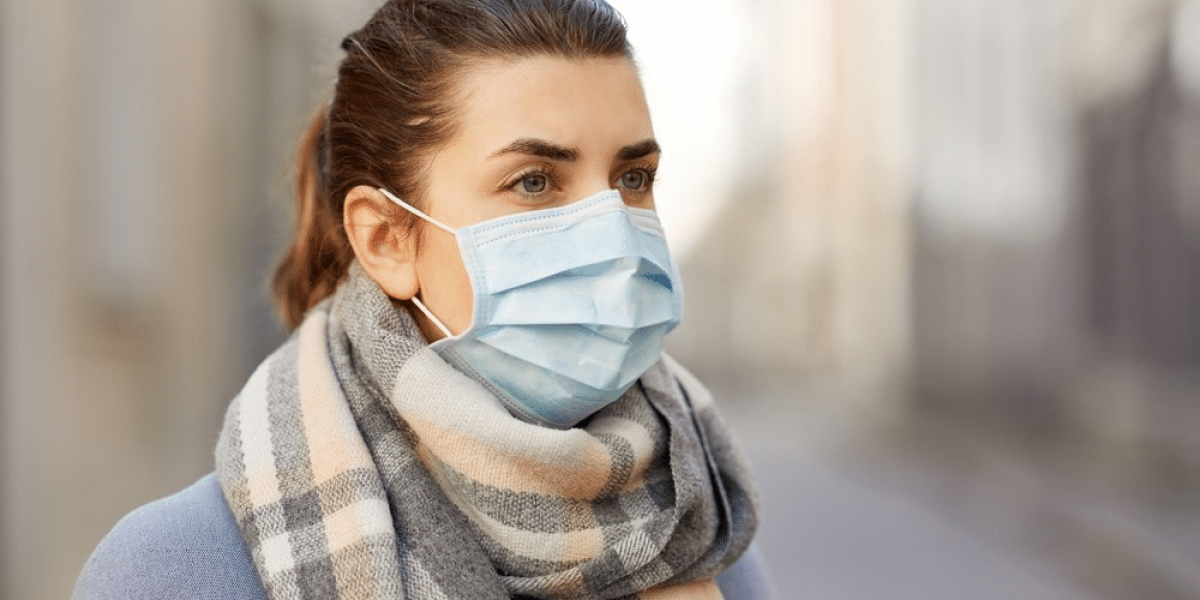In the realm of COVID-19 research, there’s a pressing question that remains elusive: How much coronavirus do individuals infected with COVID-19 exhale into the air? This article delves into a recent study led by olfactory researcher Gregory Lane and his team, shedding light on the intriguing dynamics of viral exhalation during the course of infection.
The Mystery of Exhaled Virus Particles
At the heart of the inquiry lies the fundamental understanding of how COVID-19 spreads through the air. While it’s established that the virus is airborne, the precise quantity of viral particles exhaled by infected individuals has remained a subject of uncertainty. The study conducted by Lane and his colleagues aims to provide clarity on this critical aspect.
Research Methods and Findings
To unravel this mystery, Lane’s team meticulously analyzed more than 300 breath samples from 43 individuals afflicted with COVID-19. These subjects were closely monitored for nearly three weeks, allowing for a comprehensive examination of virus shedding patterns. The findings were intriguing, showing substantial variations both between and within individuals.
Some individuals, referred to as “high shedders,” exhibited remarkable viral exhalation rates, releasing over 800 copies of viral RNA per minute at times. On average, participants exhaled 80 copies per minute for a continuous eight days following the onset of symptoms. Only after this period did the exhalation of viral particles decrease to nearly undetectable levels.
COVID-19 Transmission Risks in Closed Spaces
Perhaps the most striking revelation from this research is the potential for rapid transmission of the virus in closed spaces. Based on their data, Lane’s team estimates that a high shedder could expel enough virus to infect someone in a confined environment in approximately 20 seconds. Even for an individual with an average shedding rate, infection could occur in just under four minutes. This information underscores the importance of maintaining precautions, especially in enclosed settings, such as elevators.
The Significance of Prolonged Isolation
While the study provides valuable insights, there are still important questions to address. Researchers need to confirm what proportion of exhaled viral RNA can still replicate in another person’s body, and the precise viral load required for infection remains uncertain. Nonetheless, these findings prompt a reevaluation of isolation guidelines.
In contrast to current recommendations, Lane suggests a longer isolation period. He advises, “If my friends or family asked me, I’d say you should isolate through day eight.” This recommendation challenges the existing guidelines and underscores the urgency of continued research in understanding COVID-19 transmission dynamics.



















